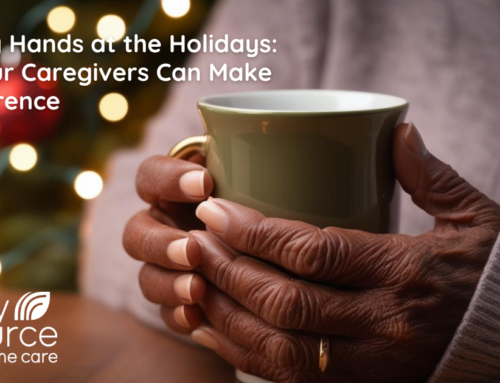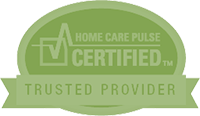The frost is receding, our clocks have sprung forward, and the days are getting longer. This must mean that spring is here! It’s almost time to go outside, explore the great outdoors, and get some exercise!
We hear time and again how crucial exercise is for the body at any age, but exercise isn’t just jogging or weightlifting. Exercise comes in many different forms but boils down to four fundamental types. An ideal approach to physical health and fitness is one that holistically applies all four. What are the forms of exercise, and what types of activities can seniors engage in to improve physical health?
The four types of exercise are broken down into:
- Aerobic
- Also known as cardio or endurance, activates and improves the health of the lungs, heart, and circulatory system.
- Strengthening
- Engages and builds the muscles.
- Balance
- Improving balance helps prevent falls.
- Stretching
- Improves flexibility and movement and impedes the risk of muscle tightening, cramping, damage, and pain.
Great exercise activities for seniors:
- Aerobic:
- Jogging or brisk walking
- Climbing stairs
- Swimming
- Dancing
- Yard work
- Strengthening:
- Carrying groceries
- Hand grips
- Wall push-ups
- Chair dips
- Pilates
- Balance:
- Heel-to-Toe walk
- Balance walk
- Standing on one foot
- Dynamic balance exercises
- Tai Chi – a gentle motion meditation exercise consisting of slow, focused movements, relaxation, and deep breathing.
- Stretching
- Back stretch
- Shoulder and arm stretch
- Ankle stretch
- Legs and lower back stretch
- Seated stretches
- Gentle or beginner’s yoga
Safety Tips:
- Remember to breathe, especially during aerobic and strengthening exercises when it can be easy to forget.
- Always listen to your body; discontinue a stretch or exercise if it hurts or doesn’t feel right.
- Consult your physician before beginning a new exercise or with any questions or concerns.
How home care can help seniors get more exercise safely:
- Caregivers can monitor a senior’s condition and health, to ensure safety and prevent overextension or injury.
- Exercise and diet go hand in hand. Elder care services include meal planning and preparation uniquely suited to the needs of each individual client.
- Care plans, specially tailored to each client’s needs and followed closely by the caregiver, may include specific instructions from clinicians regarding physical activity.
- Much like medication reminders, caregivers can also remind clients to get exercise when desired or prescribed.
- Having a companion to accompany elders on walks, or be a spotter for strengthening or balance exercises, can inspire and encourage safety, frequency, and consistency of exercises.
How can we help?
If you have any questions about geriatric care or home care services, Call or Contact Us anytime! Our supervisors are available 24/7 and happy to assist.






